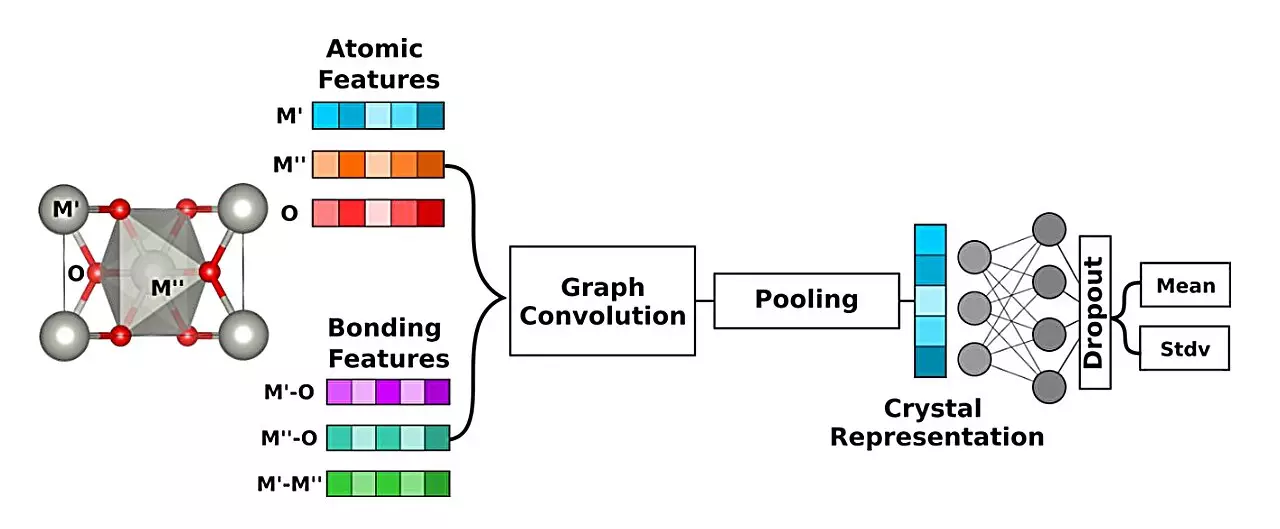Artificial intelligence (AI) is being utilized by researchers at the University of Toronto to expedite scientific advancements in the pursuit of sustainable energy solutions. Through the use of the Canadian Light Source (CLS) at the University of Saskatchewan (USask), they have verified that an AI-generated “recipe” for a novel catalyst presents a more efficient method for producing hydrogen fuel.
The process of generating green hydrogen involves passing electricity, derived from renewable sources, through water between two metal pieces. This results in the release of oxygen and hydrogen gases. However, the existing method demands significant electricity and employs rare and costly metals. Scientists are on a quest to identify the ideal alloy that would serve as a catalyst to enhance the efficiency and affordability of this reaction.
Traditional approaches to discovering the optimal catalyst typically involve laborious trial and error experiments in the laboratory. However, this method is time-consuming and inefficient when faced with a vast array of potential alloy candidates. Jehad Abed and his team developed a computer program that revolutionizes this search process. The results of their study have been documented in the Journal of the American Chemical Society.
The AI program devised by Abed’s team evaluated over 36,000 different metal oxide combinations through virtual simulations to identify the most promising ingredients blend. Subsequently, Abed conducted physical testing of the program’s top recommendation in the laboratory to validate its accuracy. The CLS’s high-intensity X-rays were used to scrutinize the catalyst’s efficacy during the reaction. Additionally, the Advanced Photon Source at the Argonne National Laboratory was employed in this research.
The alloy composed of ruthenium, chromium, and titanium in specific proportions emerged as the superior choice, as per Abed. This novel combination outperformed the conventional benchmark metal by a staggering factor of 20 in terms of stability and durability. Abed observed that the recommended alloy exhibited prolonged functionality and efficiency.
Despite the encouraging results from the AI program’s predictions, the catalyst itself necessitates extensive real-world testing to affirm its longevity and effectiveness under practical conditions. Abed emphasized that the computing tool’s accuracy in identifying the superior alloy signifies a significant breakthrough in catalyst discovery. The time-consuming testing process, which would require years for a human, can be rapidly simulated within days through AI technology.
Researchers are optimistic about the transformative potential of AI in expediting the identification of viable solutions for sustainable energy applications. The collaborative efforts of experts from diverse institutions, along with cutting-edge technologies such as AI and high-powered X-ray analyses, are paving the way for innovative breakthroughs in the realm of green energy. By harnessing the capabilities of artificial intelligence, the quest for practical and widespread implementation of sustainable energy sources appears closer to realization than ever before.


Leave a Reply